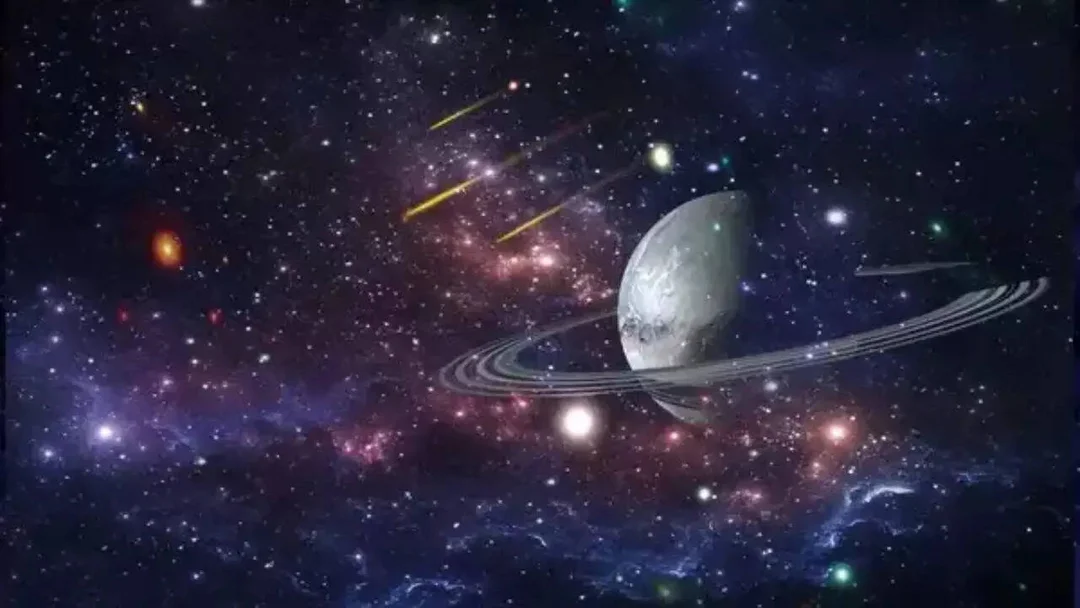
Summer 2025 Stargazing Guide: Meteor Showers, Eclipses, and More!
Get ready for a spectacular summer of stargazing in 2025! From dazzling meteor showers to rare eclipses and glowing full moons, the celestial events of the upcoming months promise to be unforgettable. Whether you're a seasoned astronomy enthusiast or just beginning to explore the wonders of the night sky, there's something for everyone to enjoy. Let's dive into the highlights of what 2025 has in store for stargazers.
Full Moons: A Classic Highlight
June kicks off with the Full Strawberry Moon on June 11, 2025, a final supermoon of the year. According to the Old Farmer's Almanac, this name originates from Native American tribes who associated it with the berry harvest season. While the moon might occasionally appear reddish, it's primarily about the timing, offering a perfect opportunity for moon watchers.
July brings the Buck Moon on July 10, named for the time when male deer begin to regrow their antlers. August will show us the Sturgeon Moon around August 9. Traditionally, for Native tribes, this time meant an abundance of sturgeon in the Great Lakes and Lake Champlain.
Closing out the summer's full moon series, the Corn Moon graces the sky on September 7. This full moon signifies the corn harvest for Native American tribes, providing a beautiful and meaningful connection to the agricultural cycles of Earth.

Meteor Showers: Shooting Stars Across the Sky
The Perseid Meteor Shower is a must-see astronomical event, peaking between August 12 and 13. This shower, generated by debris from Comet Swift-Tuttle, promises to be one of the year's most vibrant displays of shooting stars. Although active from July 17 to August 24, the peak offers the best chance to witness this enchanting spectacle.
Eclipses: Shadow and Light in the Cosmos
September features both a total lunar eclipse and a partial solar eclipse. The lunar eclipse, occurring on September 7-8, will be visible from Australia, Asia, Africa, and Europe. During a total lunar eclipse, Earth passes between the sun and moon, casting a shadow on the moon and giving it a captivating reddish glow. Unfortunately, U.S. stargazers will miss totality.
On September 21, a partial solar eclipse will create a crescent or "bite" illusion as the Moon partially covers the Sun's disk. This event will only be viewable in New Zealand, Australia, various Pacific islands, and parts of Antarctica. Remember to never look directly at a solar eclipse without proper eye protection!
Planetary Views: Spotting Mercury and Saturn
Keep an eye out for Mercury on July 4, when it reaches its greatest elongation east, making it easier to spot in the evening sky. Another excellent chance to see Mercury will be on August 19, during its greatest elongation west, visible in the morning sky.
Saturn will be in opposition on September 21, meaning the Earth, Saturn, and Sun will align, giving viewers the closest view of the ringed planet. Saturn will be visible from sunrise to sunset and will remain most visible through October.
Binocular Highlights:
For those looking to enhance their stargazing experience, a pair of binoculars can reveal even more wonders. Between May and July, consider using binoculars to view the Beehive Cluster (M44), a bright star cluster in the constellation Cancer sinking in the west after sunset during May and June. Also, watch Mars and Regulus when shining close together on June 16 and June 17, 2025.

The Solstice and Equinox: Marking the Seasons
The June Solstice on June 21 marks the beginning of summer in the Northern Hemisphere and the longest day of the year. Conversely, it marks the start of winter and the shortest day in the Southern Hemisphere. The Autumnal Equinox on September 22 signifies the start of fall in the Northern Hemisphere and spring in the Southern Hemisphere. These astronomical events highlight the changing seasons and the Earth's journey around the Sun.
Embrace the Night Sky
Summer 2025 promises to be a season filled with celestial wonders. Whether you're captivated by meteor showers, mesmerized by eclipses, or simply enjoy gazing at the full moon, the night sky has something to offer everyone. So, get your calendars ready, find a dark spot away from city lights, and prepare to be amazed by the beauty of the universe.
What celestial event are you most excited to see? Share your thoughts and plans in the comments below!